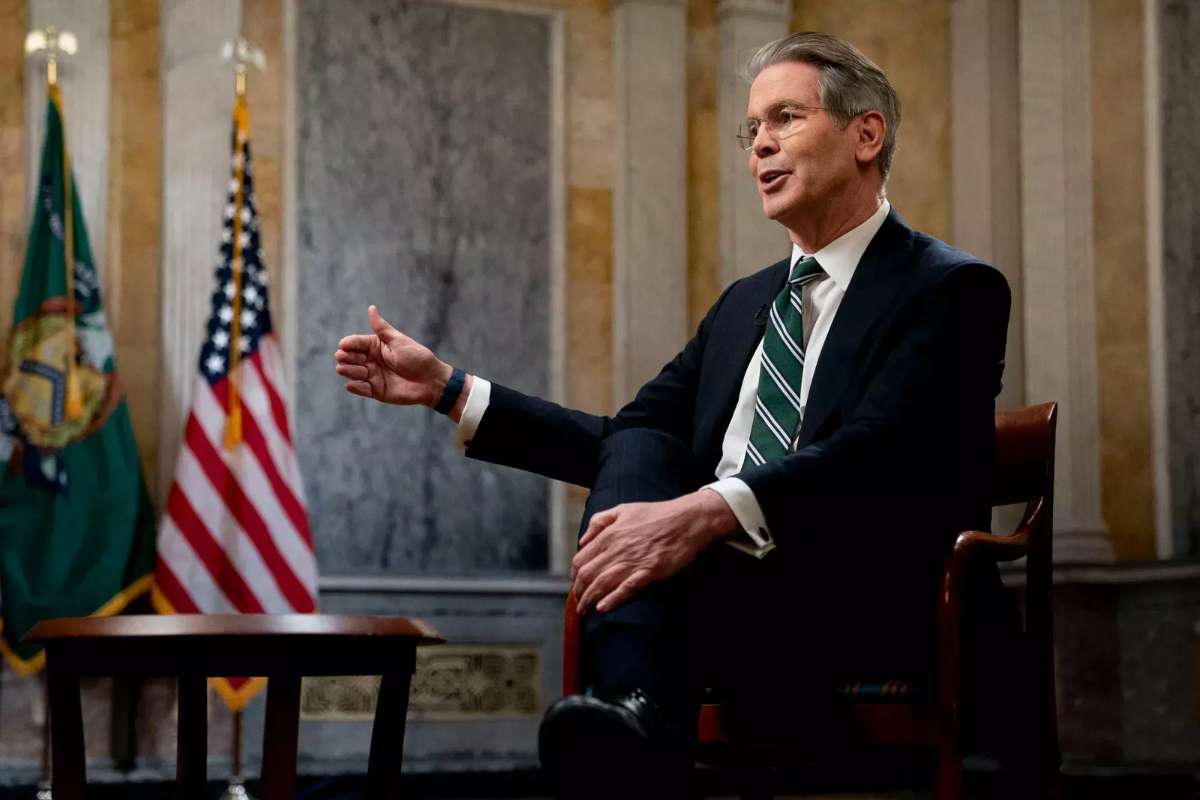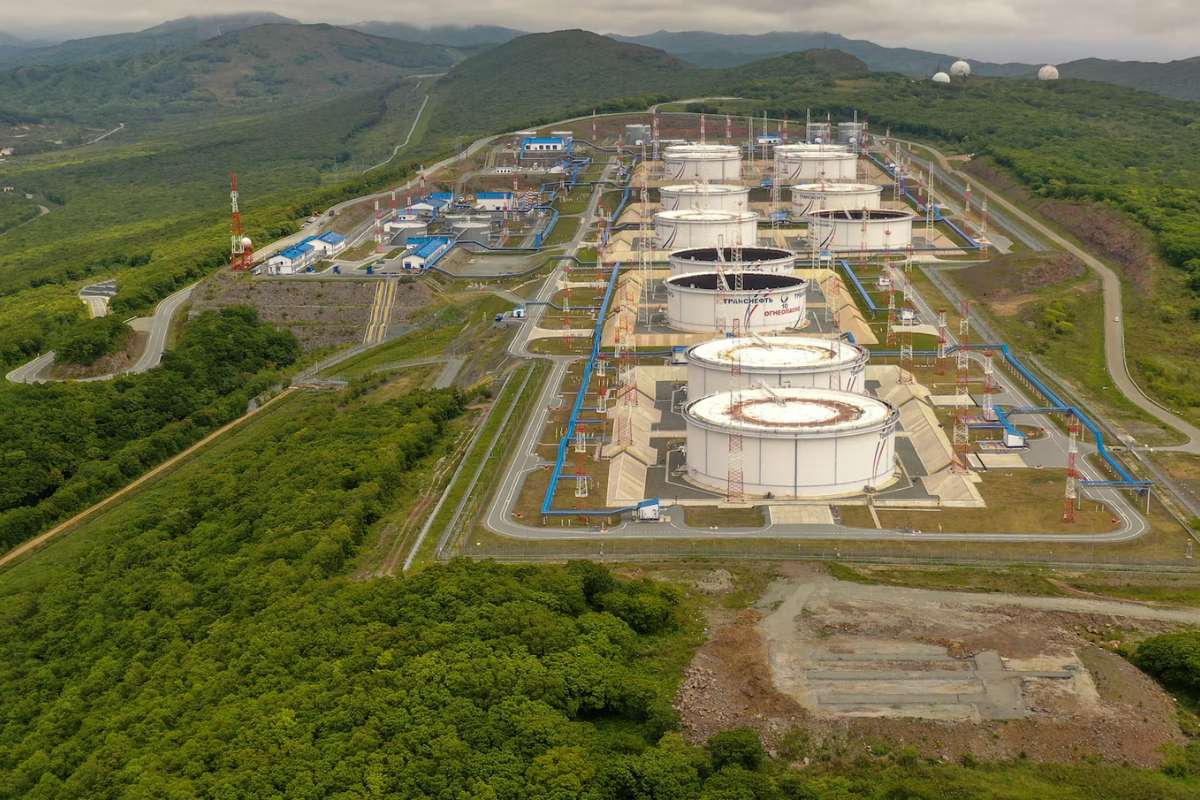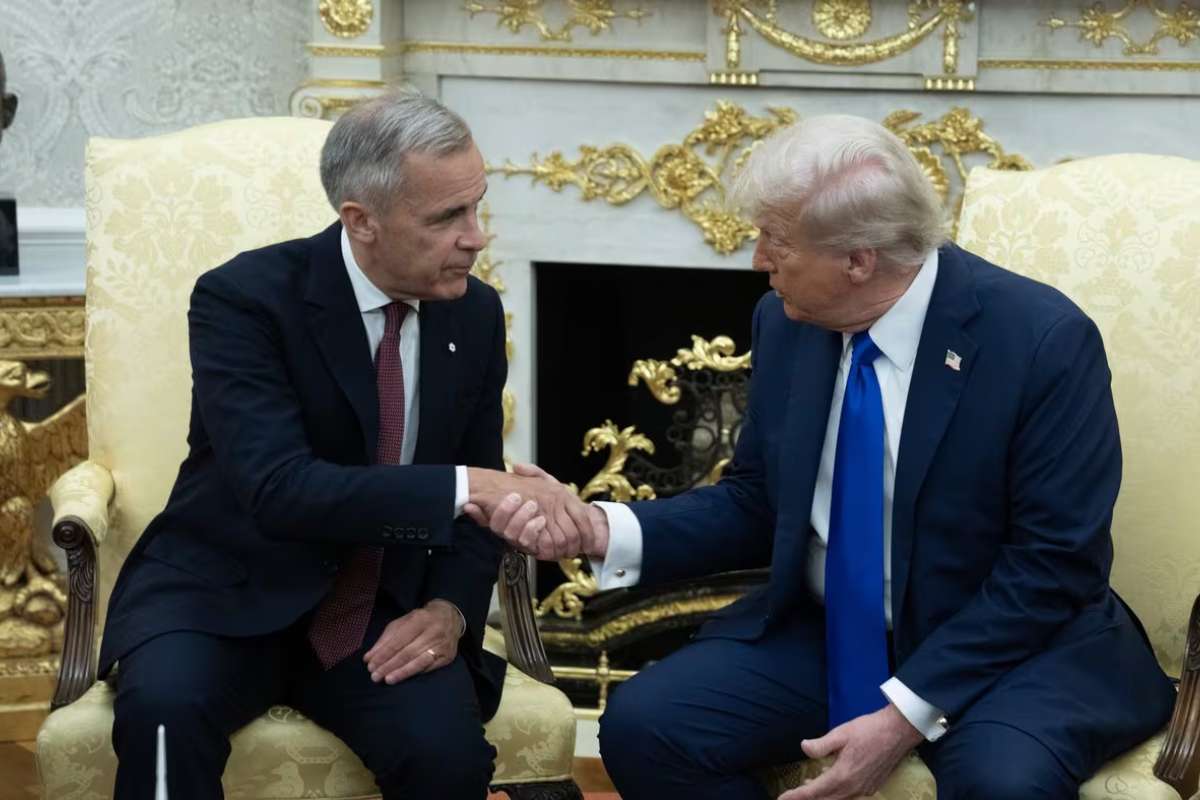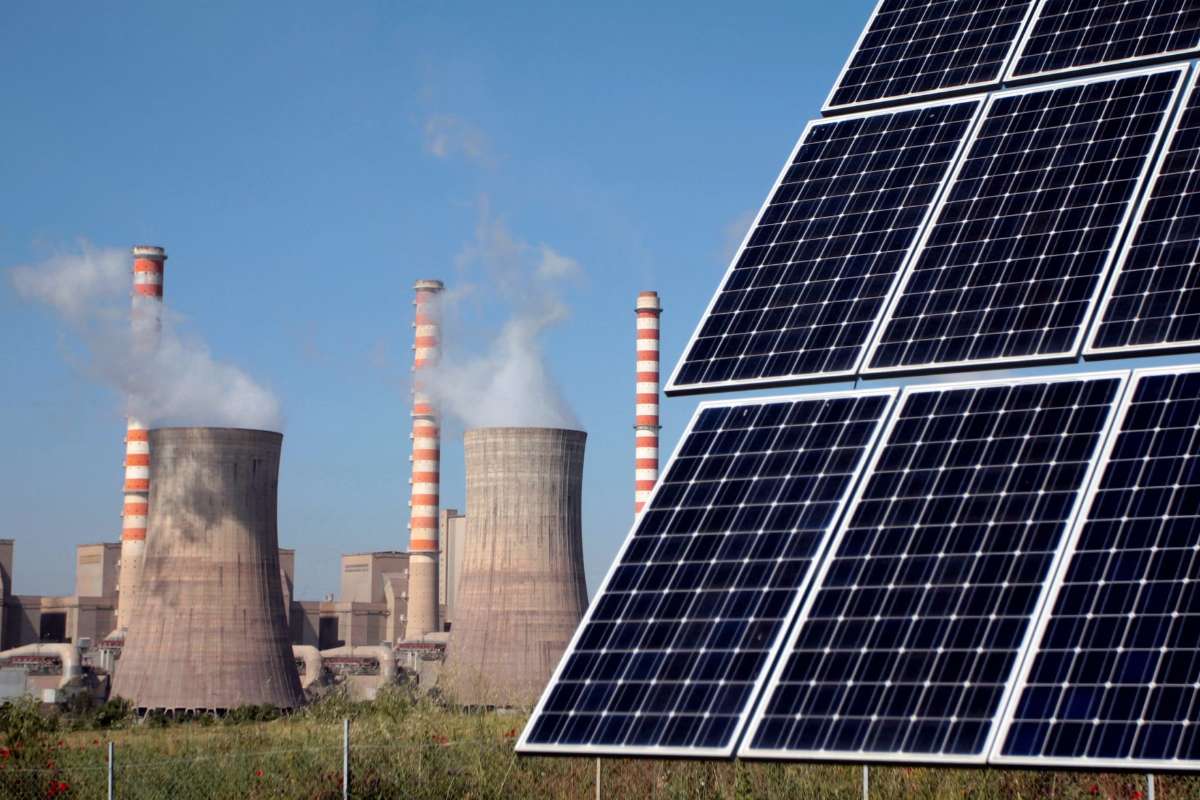Global oil markets regained some footing on Tuesday, July 23, 2025, after a three-day slide, as a fresh trade agreement between the United States and Japan buoyed investor sentiment. Brent crude futures rose by $0.21 (0.31%) to settle at $68.80 per barrel, while US West Texas Intermediate (WTI) crude edged up by $0.17 (0.26%) to $65.48, according to data from Reuters.
The rebound came at a time when concerns over global demand and rising trade barriers had driven oil prices down in prior sessions. Analysts noted that the new US–Japan Trade Deal offered markets a reason for cautious optimism, though broader concerns—particularly stalled negotiations between the EU and China—continued to cast a shadow on oil’s upward potential.
Vandana Hari of Vanda Insights stated that while “the slide appears to have paused,” major price momentum would require tangible progress on other international trade fronts.
Trade Deal Triggers Positive Ripples Across Markets
The newly signed US–Japan Trade Deal is designed to ease trade tensions and stimulate economic activity. Under the agreement, Japan will face a reduced 15% tariff on goods exported to the US, while committing over $550 billion in investments into US infrastructure and technology sectors. The pact also opens up Japanese markets to more US agricultural and energy exports—factors that could drive long-term oil demand.
The trade deal’s announcement sparked a rally in Japanese stocks, particularly in the auto sector. Mazda shares surged by 17%, while Toyota rose 13.6%. The Nikkei Index reached a one-year high, driven by renewed investor confidence in export-led growth.
Still, global markets remain cautious. The upcoming EU–China summit is expected to be tense, and uncertainty around US–EU trade negotiations is limiting broader investor enthusiasm. ING analysts indicated that without resolution on these fronts, oil markets may struggle to extend gains in the near term.
Inventory Data and Geopolitical Tensions Add Layers to Outlook
Supporting oil’s modest rally was a recent report from the American Petroleum Institute (API) indicating a decline in US crude and gasoline stockpiles. However, a 3.48 million barrel increase in distillate inventories tempered the bullish tone. Analysts from ING suggested that tight middle distillate supply could still provide some pricing support in the weeks ahead.
Geopolitical tensions remain a wild card. The US is reportedly considering expanded sanctions on Russian oil exports to pressure Moscow over the Ukraine conflict. Meanwhile, the EU has pushed through its 18th sanctions package targeting Russia’s energy sector. However, analysts warned that without coordinated US action, the sanctions’ effectiveness could be muted.
With the next round of trade talks on the horizon and growing geopolitical uncertainty, oil prices appear to be entering a wait-and-watch phase, with macroeconomic shifts playing a critical role in shaping the weeks ahead.
The US–Japan Trade Deal has temporarily steadied oil markets, offering a glimmer of optimism amid global economic unease. Brent and WTI posted modest gains, buoyed by trade optimism and falling US inventories. However, unresolved trade tensions elsewhere, coupled with geopolitical risks and shifting supply dynamics, mean that energy markets are likely to remain volatile. Analysts suggest that sustained price recovery will require coordinated global trade progress and clearer signals from major producers.
Explore More News In Our Oil Gas Energy Magazine












